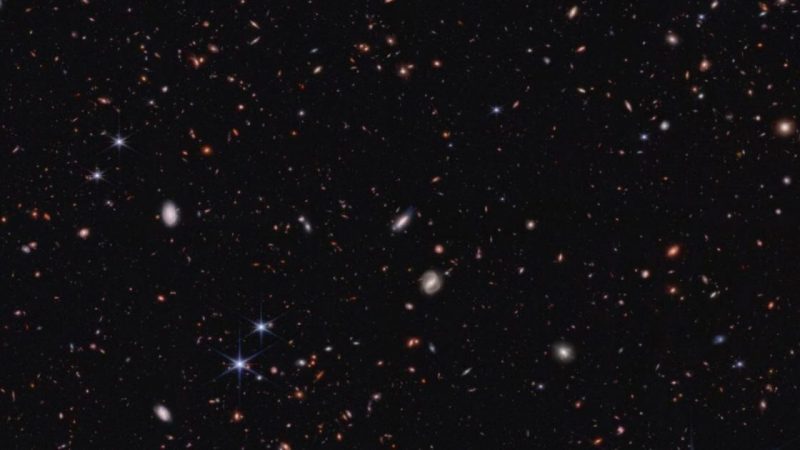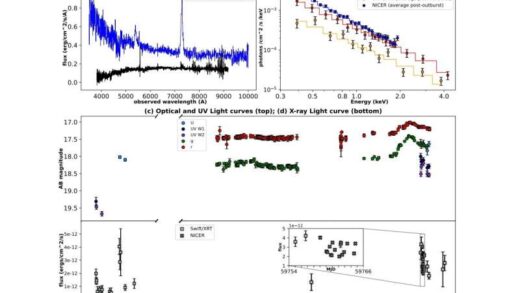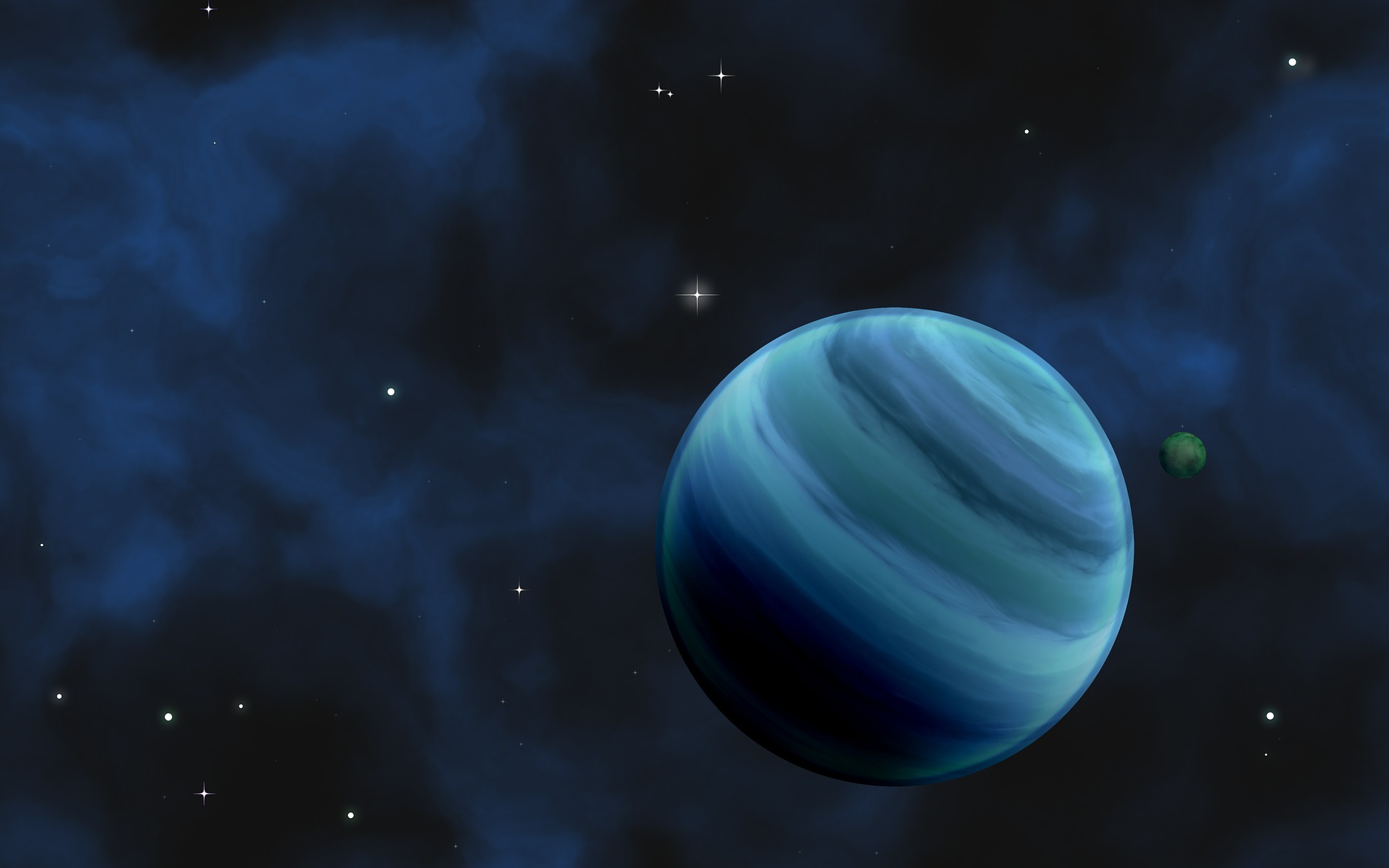How Webb’s New Findings Change Our Understanding of Galactic Mergers and Early Galaxy Evolution

Historically, our understanding of the cosmos has been shaped by various observational tools, including the Hubble Space Telescope and the Chandra X-ray Observatory. The onset of the James Webb Space Telescope (JWST) has further revolutionized our knowledge. Some of Webb’s findings have challenged long-standing theories such as the hierarchical model of galaxy formation, which propose that galaxies formed through a series of mergers over time, and the notion of rapid early galaxy growth. Webb’s findings are reconceiving our understanding of galactic mergers and early galaxy evolution and offer new perspectives on the origins of the universe.
Contemporary Theories About Galaxies: How We Find Them
To understand the transformative impact of Webb’s findings, it’s essential first to review contemporary theories on galaxy formation and discovery methods.
Traditionally, galaxies were perceived as evolving from primordial clouds of gas and dust, with their formation governed by gravity and subsequent star formation.

These early models posited that galaxies grew by accreting matter and merging with other galaxies, a process that was initially slow and gradual. But the methods of discovering and studying galaxies have evolved considerably in recent years due to advancements in technological instruments..
In the past, astronomers relied on optical telescopes like Hubble to capture distant galaxies. These observations, often limited to the visible spectrum, provided a partial picture of the universe’s structure. However, the limitations of optical telescopes meant that many early and faint galaxies remained elusive.

Two images are shown side-by-side of the same field of galaxies. On the left is the image from the Hubble Space Telescope. On the right is the image from the James Webb Space Telescope. Both images contain thousands of galaxies in various sizes, shapes, and colors. Image Credit: NASA, ESA, CSA, J. DePasquale
The introduction of infrared observations significantly enhanced our ability to study these distant cosmic structures. Webb’s infrared capabilities allow astronomers to peer through cosmic dust and observe galaxies that formed shortly after the Big Bang. This has been pivotal in identifying early galaxies that were previously undetectable.
The significance of these methods cannot be overstated. They have not only expanded our view of the universe but also refined our understanding of galaxy formation and evolution.
By detecting galaxies in their infancy, we can now investigate their growth, composition, and interactions with unprecedented detail, leading to a more comprehensive picture of the early universe.
Key Discoveries from Webb’s Observations
The Webb Telescope has provided a wealth of new data that challenges previous assumptions about early galaxies. One of the most surprising revelations is the discovery of galaxies that appear far more massive than predicted. Initial observations suggested that some early galaxies had grown so quickly that they seemed to defy our current cosmological models.

This image shows a small area captured by NASA’s James Webb Space Telescope’s Near-Infrared Camera (NIRCam) for the Cosmic Evolution Early Release Science (CEERS) survey, which is filled with numerous galaxies. Some of these galaxies initially appeared to have grown much larger and faster than expected, challenging existing models. However, a recent study suggests that these early galaxies are actually less massive than they first appeared. The presence of black holes in some galaxies makes them look brighter and bigger than they truly are. Image Credit: NASA, ESA, CSA, S. Finkelstein (University of Texas)
A study led by Katherine Chworowsky from the University of Texas at Austin, published in the Astronomical Journal on August 26, revealed that some of these apparently massive galaxies were not as large as first thought. The excess brightness of these galaxies was attributed to black holes consuming surrounding gas, which made them appear more luminous and massive than they truly were. This finding, derived from Webb’s Cosmic Evolution Early Release Science (CEERS) Survey, implies that while we still observe more galaxies than expected, they do not necessarily contradict the standard model of cosmology.
Moreover, Webb’s observations have indicated that early galaxies might have been more efficient in star formation than their modern counterparts. The faster conversion of gas into stars could explain the unexpectedly high number of massive early galaxies. This rapid star formation likely occurred because the early universe had a higher density, making it harder for gas to be expelled during star formation processes.
Revised Models of Galactic Mergers
The new data from Webb challenges existing models of galactic mergers. Astronomers initially believed that galactic mergers were relatively rare events that significantly influenced galaxy evolution. However, what the Webb’s observations suggest is that the frequency and impact of these mergers may be different from what was previously understood.
The revised data indicates that early galaxies were involved in more frequent and dynamic mergers than previously thought. This increased activity indicates that galaxy growth was driven by a more complex interplay of merging and accreting processes. The presence of numerous small, rapidly forming galaxies merging into larger structures could significantly alter our understanding of how galaxies evolve over time.
A research using the NIRSpec instrument on the NASA/ESA/CSA James Webb Space Telescope, published in Monthly Notices in May, has determined the system to be evidence of an ongoing merger of two galaxies and their massive black holes when the Universe was only 740 million years old.
An earlier study using the NIRSpec instrument on the NASA/ESA/CSA James Webb Space Telescope, published in Monthly Notices in May, found that this system shows two galaxies and their massive black holes merging when the Universe was only 740 million years old.

Three panels are shown, each zooming in on a smaller part of the PRIMER galaxy field. The first image shows a wide view of many galaxies against the dark background of space. The second image focuses on a smaller area, showing galaxies in more detail with different shapes and colors. The third image zooms in even more to show the ZS7 galaxy system, highlighting ionized hydrogen in orange and doubly ionized oxygen in dark red. Description/Image Credit: ESA/Webb, NASA, CSA, J. Dunlop, H. Übler, R. Maiolino, et al.
Furthermore, these findings imply that galactic mergers played a more prominent role in shaping the structure and composition of the early universe. The revised models points to the growth of supermassive black holes and the enrichment of intergalactic gas were closely tied to these merger events. This new perspective underscores the need to reconsider previous assumptions about the mechanisms driving galaxy evolution.
The impact of these revised models on the field of astrophysics is profound. They not only challenge existing theories but also provide a more nuanced understanding of galaxy formation and evolution. As we refine these models, we gain deeper insights into the processes that formed the early universe, leading to a more accurate depiction of cosmic history – by which we can not only trace the origins of the universe but also understand the complex evolution of cosmic structures and their impact on the current state of the cosmos.
Early Galaxy Evolution
Webb’s findings offer new insights into the growth and structure of early galaxies. Observations have revealed that these galaxies were not only smaller but also had irregular structures compared to modern galaxies. This irregularity is attributed to the rapid and chaotic processes occurring in the early universe, which prevented the formation of the more ordered disk and elliptical shapes seen in later galaxies.

The early universe was a hotbed of activity, with galaxies forming stars at an accelerated rate. This burst of star formation led to significant feedback effects, including supernovae and the formation of supermassive black holes. These processes influenced the growth and evolution of early galaxies. As a result, the early universe was more complex and dynamic than previously understood.
Webb’s data also provides evidence of different star formation rates and chemical compositions in early galaxies. The early universe had a simpler elemental composition, with fewer heavy elements compared to modern galaxies. This simplicity, coupled with rapid star formation, resulted in galaxies with distinct properties compared to those observed today.
Comparison with Previous Data
Previous observations, primarily from the Hubble Space Telescope, painted a picture of early galaxies as smaller and less complex than their modern counterparts. These observations indicated that early galaxies were typically irregular and less evolved, with slower star formation rates and simpler structures.
Webb’s data, however, has presented a more nuanced view. The telescope’s infrared observations reveal that early galaxies were not only smaller but also grew more rapidly than previously thought. This rapid growth is attributed to higher gas accretion rates and more efficient star formation processes in the early universe.
Key differences between Webb’s findings and earlier data include the observed sizes and masses of early galaxies. Webb has identified galaxies that are much more massive than expected, which challenges previous models that implied a slower rate of galaxy growth. In addition, the presence of supermassive black holes and their impact on galaxy evolution was not fully accounted for in earlier observations.
What these discrepancies emphasize is the need to revise our understanding of galactic evolution. The new data hints at the processes driving galaxy formation were more complex and dynamic than previously thought, prompting a reevaluation of existing models and theories.
Future Research Directions
The insights gained from the James Webb’s observations open new avenues for future research. One promising direction is the continued study of early galaxies to better understand their formation and evolution. Upcoming missions and telescopes, such as the next generation of space observatories including PLATO (ESA, 2026) and the Nancy Grace Roman Space Telescope (NASA, 2026-2027), will be crucial in further refining our knowledge of the early universe.
Future research should focus on exploring the detailed properties of early galaxies, including their star formation rates, chemical compositions, and structural evolution. This is particularly necessary because studying the interactions between galaxies and their environments will yield valuable insights into the processes that mold galaxy formation.
If we reflect on the past four decades, it becomes clear that there is immense potential for new discoveries, and ongoing observations will clarify unresolved questions and further refine our understanding of the cosmos.
Many inventions and discoveries have been made in that period of time; however, the development of advanced telescope technology stands out for its profound impact on our understanding of galactic mergers, early galaxy evolution, and broader concepts of the universe, time, and existence – dimensions otherwise beyond normal human capability.


